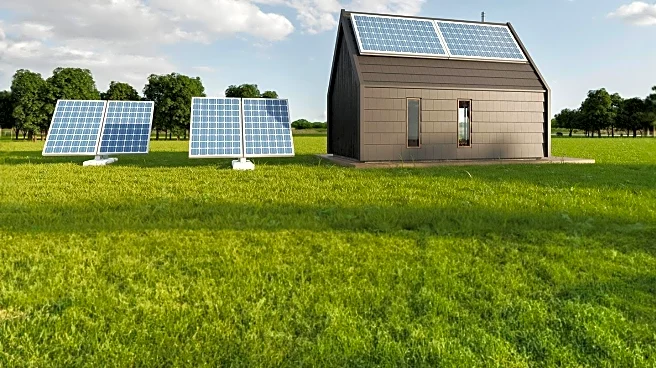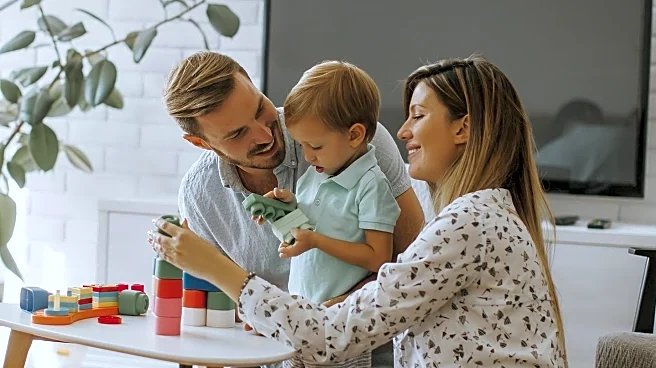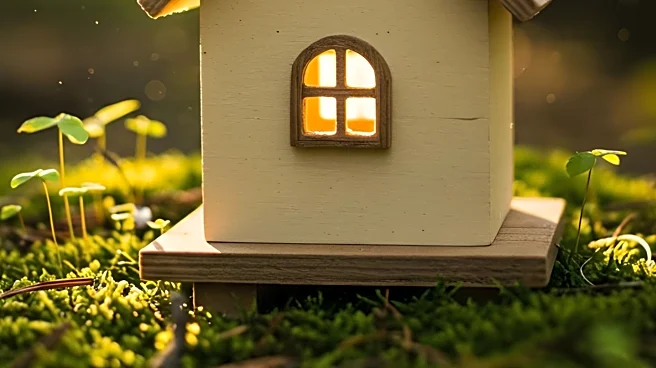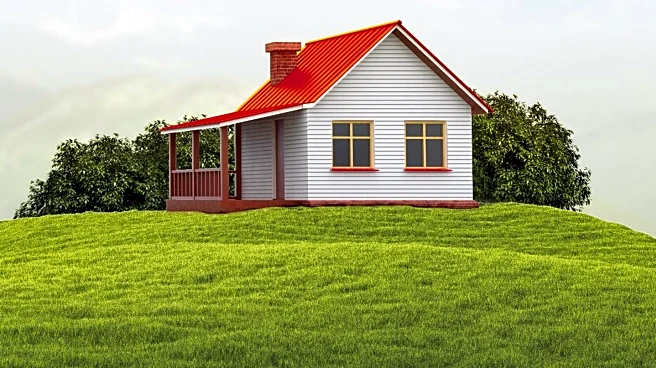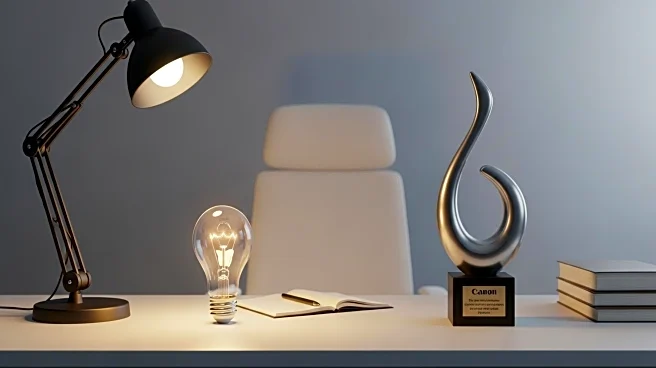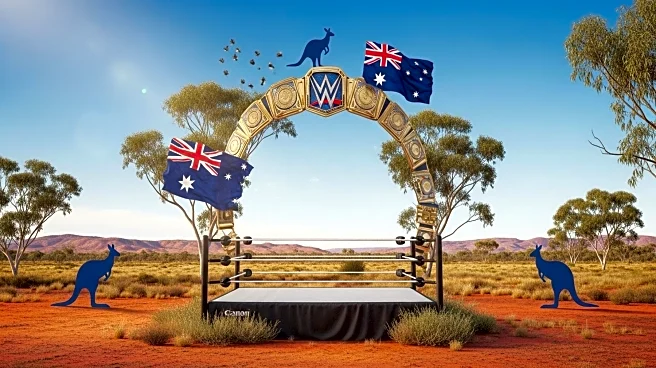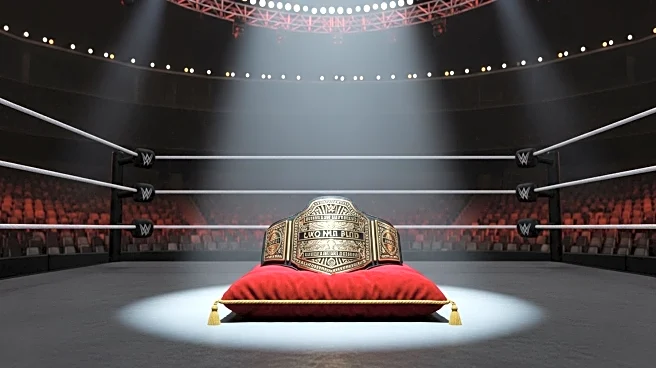What's Happening?
A freelance travel writer, who has spent 25 years renting in Australia, has built a tiny house to address her housing challenges. The writer, now 56, decided to construct a tiny house after the COVID-19 pandemic halted her travels. She designed the house to be small and sustainable, akin to a cabin, using recycled materials learned from a Natural Building course. The tiny house, built on wheels, offers affordability and flexibility, allowing her to park it on rented land. Despite having no prior building experience, she successfully completed the project, marking her first homeownership.
Why It's Important?
The writer's journey highlights the growing trend of tiny houses as a solution to housing affordability issues. Tiny houses offer a minimalist lifestyle, which can be appealing to those seeking sustainable living options. This movement can impact housing markets by providing alternative living arrangements that are cost-effective and environmentally friendly. It also underscores the importance of adaptability and innovation in personal housing solutions, especially in times of economic uncertainty.
What's Next?
The writer's experience may inspire others facing similar housing challenges to consider tiny houses as viable options. As the tiny house movement gains traction, there could be increased demand for land rental opportunities and changes in housing regulations to accommodate these structures. This could lead to broader acceptance and integration of tiny houses into urban and rural planning.
Beyond the Headlines
The tiny house movement raises questions about traditional housing norms and the future of urban development. It challenges the conventional notion of homeownership and promotes sustainable living practices. This shift could influence cultural attitudes towards consumption and space utilization, encouraging a more minimalist and environmentally conscious lifestyle.
